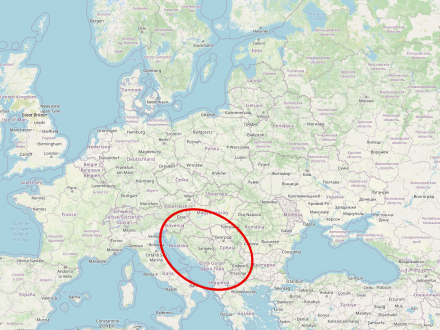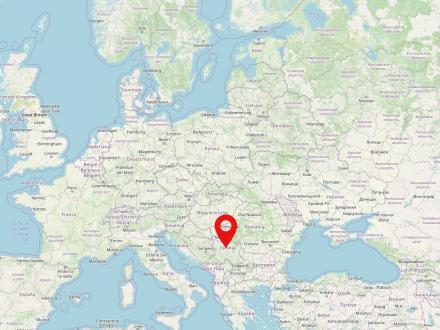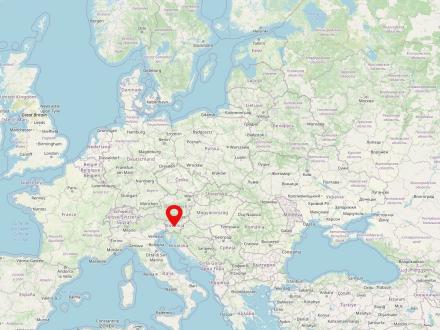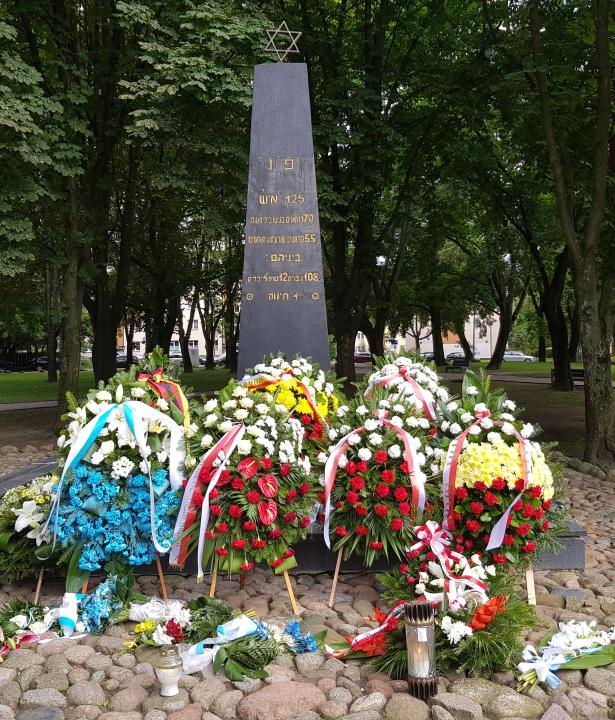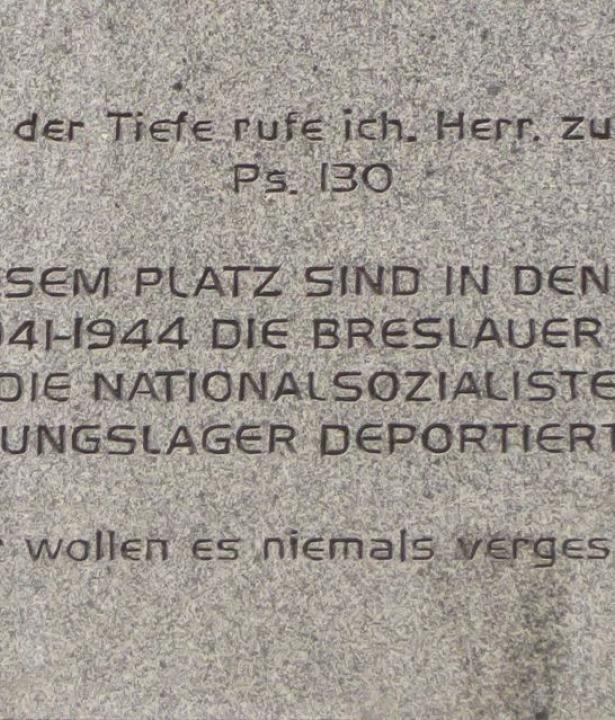Yugoslavia was a southeastern European state that existed, with interruptions and in slightly changing borders, from 1918 to 1992 and 2003, respectively. The capital and largest city of the country was Belgrade. Historically, a distinction is made in particular between the period of the Kingdom of Yugoslavia from 1918 to 1941 (also called 'First Yugoslavia') and communist Yugoslavia from 1945 (the so-called 'Second Yugoslavia') under the dictatorial ruling head of state Josip Broz Tito (1892-1980). The disintegration of Yugoslavia from 1991 and the independence aspirations of several parts of the country eventually led to the Yugoslav Wars (also called the Balkan Wars or post-Yugoslav Wars). Today, the successor states of Yugoslavia are Slovenia, Croatia, Serbia, Montenegro, North Macedonia, Kosovo and Bosnia and Herzegovina.


Serbia (Serbian: Србија) is a country in southeastern or central Europe. The country is inhabited by 6.9 million people. Belgrade is the capital and largest city of Serbia. Serbia belongs to the so-called landlocked countries and is geographically classified as part of the Balkan Peninsula. The majority of the population are Orthodox Serbs.
Slovenia is a state in southeastern Central Europe. The territory of the present state came into the possession of the Habsburgs as early as the Middle Ages and was part of Austria-Hungary until World War I, with a brief interruption in Napoleonic times. In 1918, today's Slovenia became part of the newly founded Kingdom of Yugoslavia and after 1945 was part of the now socialist Yugoslavia as the Socialist Republic of Slovenia. Slovenia has been an independent state since 1991 and part of the European Union since 2004.
Carniola is a historical landscape in southeastern Central Europe and today belongs to Slovenia. The region fell to the Habsburgs as early as the Middle Ages and became Austrian crown land in 1849. Only in the period of the Napoleonic Wars there was a short period of French rule, when Carniola became one of the so-called Illyrian provinces (1809-1813).
After 1918, Carniola and the wider area of the present-day Slovenian state became part of the newly established Kingdom of Yugoslavia.
Historically, the sub-regions of Carniola were mainly Upper Carniola, Inner Carniola and Lower Carniola.




On the broader level, two mutually opposed visions of Yugoslavia’s future crystallized by the late 1980s. While Serbian leadership spearheaded the movement for re-centralization and the maintenance of political monopoly under the communists, Slovenian political elites argued for further weakening of the federal power and for political pluralization. Simultaneously, perceived cultural differences between Slovenes and Serbs, once positively interpreted in terms of multi-culturalism, suddenly came to be seen as an obstacle to inter-ethnic communication. The rift between Serbian and Slovenian republican elites and the subsequent constitutional deadlock were reflected in relations between lower-level actors such as the municipalities, communes, and families. As a consequence, reactions at the local level were often less conciliatory than those at the republican level because local actors were under pressure to comply with the regime established at the republic level. This complex situation raised questions over the future of The Train in the late 1980s, perhaps best summarised in a statement by Jože Smole, the head of Slovenian delegation for the Train in 1989: “Train of brotherhood? Yes. Train of unity? No. We are too different to be united”.6


